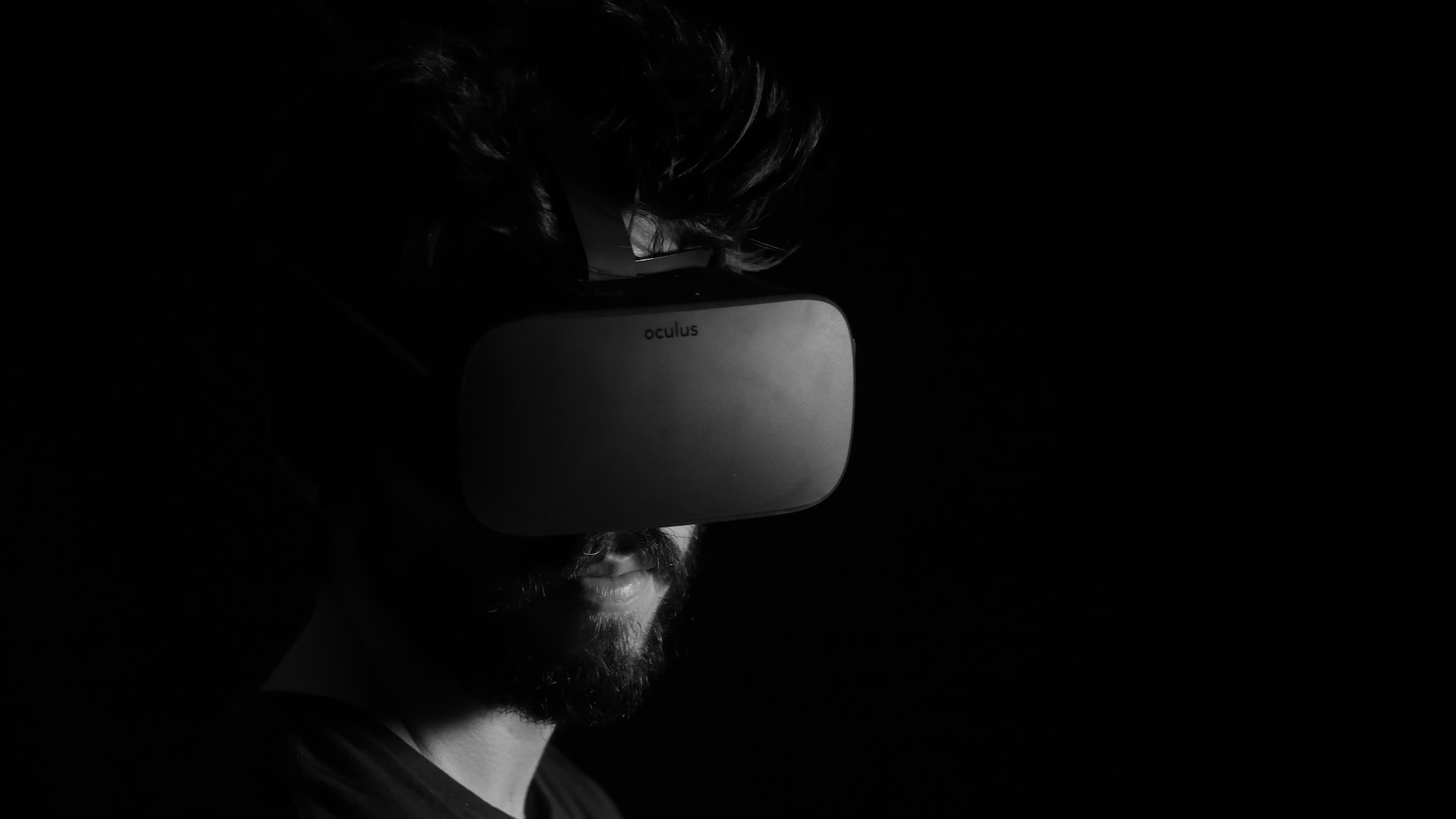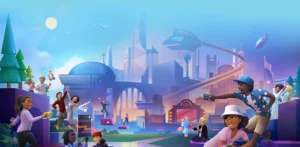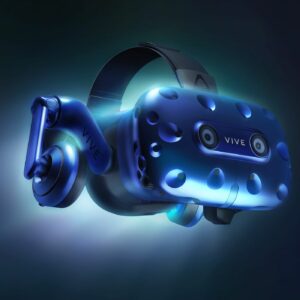The demand for virtual reality developers is at an all-time high. This means plenty of opportunities for those who want to get into the field. However, it’s not just enough to have a general knowledge of virtual reality.
Developers need to be able to create new and exciting experiences that engage users in ways they’ve never imagined before. This article focuses on the essential skills required to be a virtual reality developer.
Graphics rendering
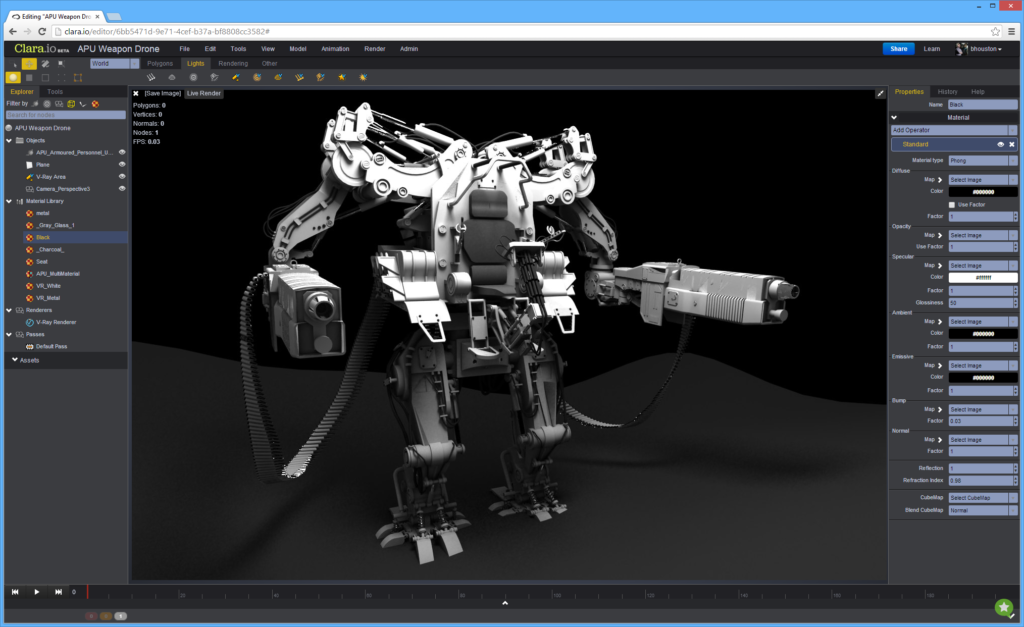
Graphics rendering is a discipline that combines both art and technology. It refers to generating graphical images from a mathematical model of visual space.
It’s what you see in movies, video games, and on your computer screen—from the realistic lighting used by Pixar to the 3D animation in Call of Duty.
Graphics rendering is also used for CAD [computer-aided design] systems for industrial design, CNC machining centers for manufacturing parts, and virtual reality headsets like Meta Quest 2 that allow you to interact with objects in 3D environments; it’s even used in part of programming languages like JavaFX or Processing that let you create immersive experiences with graphics easily.
Learn more here:
3D Modelling Skills

The first step to creating 3D models for virtual reality projects is learning the basics of modelling tools, materials, and techniques. The second step is to teach yourself the different types of software available for creating 3D models.
Modelling Tools: Modelling tools are used to create a 3D model from scratch or modify existing ones. They can be divided into two categories – essential modelling tools and advanced modelling tools:
- Basic Modelling Tools include polygonal modelling and subdivision surface modelling. Polygonal modelling involves creating simple shapes such as spheres, cubes, or cones by connecting points.
In contrast, subdivision surface modelling involves dividing complex organic shapes into simpler ones that can be manipulated easily by adjusting their vertices (points).
- Advanced Modelling Tools include sculpting and lattice-based topology editing in which complicated objects are broken down into smaller parts that can then be modified individually before being reassembled back into one big thing using unique tool features such as extrusion, rendering, etc.
Like clay sculptures do not have any hard edges but, when baked in an oven, become solid objects which can be handled easily without any damage occurring over time due to their density being very low compared with metal sculptures made out of copper alloy sheets like bronze which contain higher amounts of gold content making them less durable against corrosion under exposure conditions.
Experience in CAD (computer-aided design)

Computer-aided design (CAD) is software that allows you to make 3D models. It’s used in various industries across many disciplines: architecture, engineering, design, digital art, and animation.
While CAD programs vary from program to program, they generally allow users to draw lines on the screen and add shapes within those lines.
The user can manipulate these shapes by moving them around with their mouse or keyboard until they’re happy with what they’ve made; then, they can print or save their work for future reference.
Here’s some free CAD softwares for you to start with:
Software Development/Programming Skills
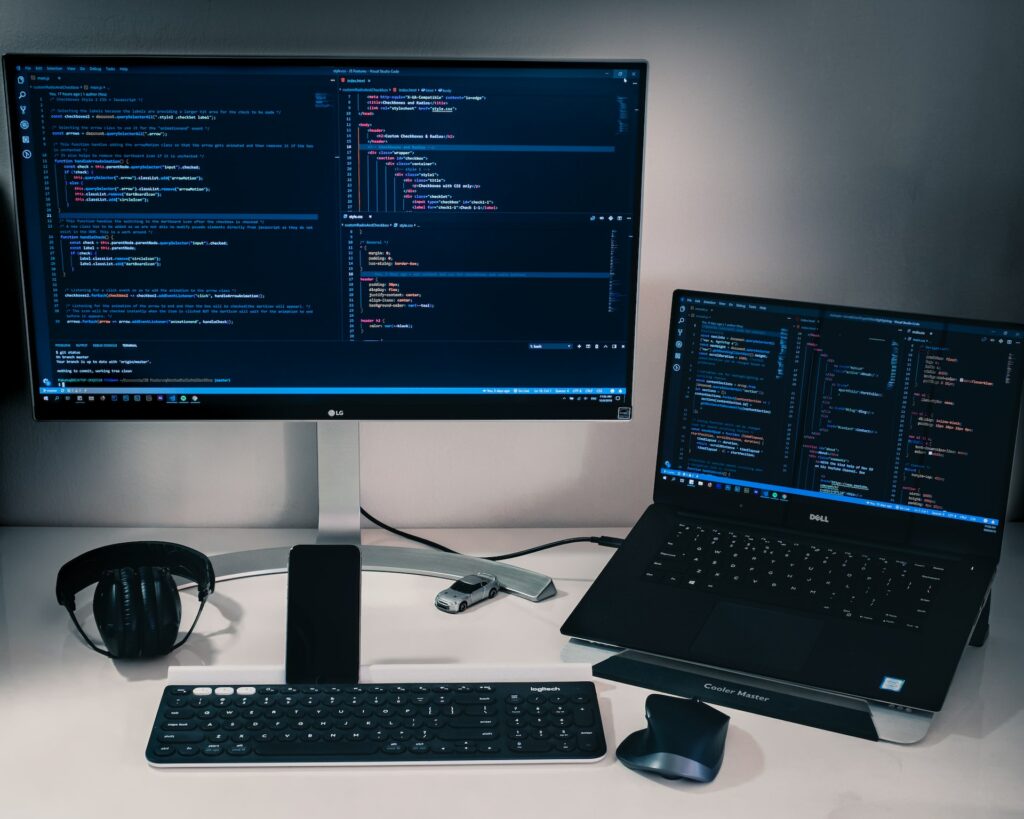
This is an essential skill you will have to master. You’ll need to be able to program and write code. The specifics of software development include:
- Programming Languages:
You should know at least one language well, but it’s not just about knowing the syntax. You should also understand best practices and how they apply in the context of your project.
- Programming Frameworks:
There are many frameworks, each with benefits and drawbacks. Some are better for mobile apps, others are designed solely for web development, and still others work across platforms (mobile and desktop).
- Programming Tools:
Plenty of tools can make your life easier when developing projects, mainly if you have limited experience building applications from scratch before this point.
You can start learning to program by taking a course or reading books. There are a lot of different programming languages out there, but one of the most popular is JavaScript. If you want to learn this language, check out the tutorials on Code Academy and Khan Academy (Free).
If you’re starting with programming, I recommend learning JavaScript first because it’s easier to learn than other languages. It’s also an important language since it’s used in many web-based and mobile games.
You can find more information about JavaScript here: https://www.tutorialspoint.com/javascript/
After learning basic concepts like variables, loops, functions, and prototypes.
Try making small projects such as “Hello World” where your goal is to write code that prints “Hello World!” onto the screen when someone runs your program.
This will help build confidence while getting comfortable with coding conventions such as indentation levels in languages like Python or C++, which have different rules than JavaScript.
General XR Knowledge
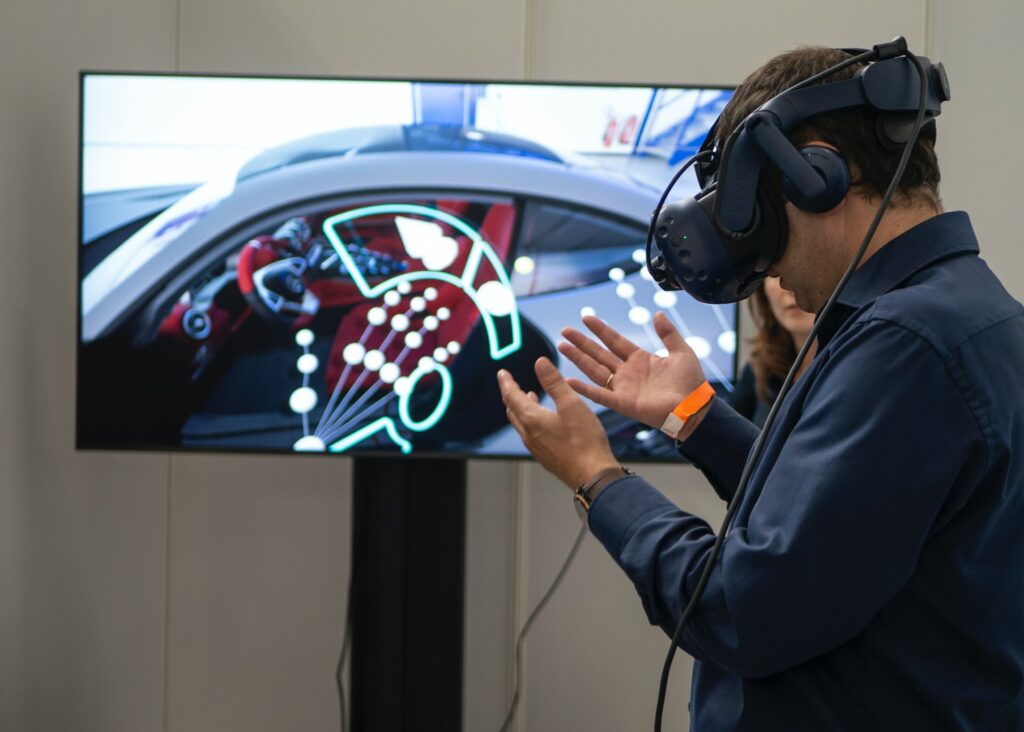
Suppose you’re thinking about getting into VR or AR development. In that case, it’s a good idea to start with basic knowledge of XR. It’s essential to know the difference between virtual reality (VR), augmented reality (AR), and mixed reality (MR).
Virtual Reality:
Virtual reality is the most immersive type of XR experience. It completely immerses you into an artificial environment that can be anything from a realistic 3D recreation of a natural place to an imaginary world inspired by science fiction.
In most cases, users wear headsets (such as Meta Quest 2) to fully experience this type of XR content.
Augmented Reality:
Unlike virtual reality, which completely replaces your view with computer-generated graphics and sounds, augmented reality uses computer graphics overlaid onto a real-world view through any device that can display such content, such as a smartphone screen or tablet monitor.
This allows for experiences like Pokémon GO, where players see their surroundings overlaid by digital creatures through their smartphones’ cameras and screens.
Mixed Reality:
Mixed reality combines elements from both AR and VR along with other types of technology like haptic feedback devices (vibrating gloves), which allow users to feel textures in virtual spaces they might otherwise only be able to sense visually without tactile senses while playing games such as Robo Recall on Oculus Rift S headsets at home using desktop computers equipped with specialized gaming PCs capable running demanding high-resolution graphics.
UX Design Knowledge

UX design knowledge is developing a user experience is complex and involves many factors. Understanding these factors is essential so you can effectively design for them.
- UX design principles:
Each industry has standards and best practices to be followed when designing an application or website.
For example, in the banking industry, there are specific regulations to adhere to when creating a new product or service that customers can use. If you’re unfamiliar with this type of knowledge, it will make your job much more complicated than it needs to be.
- UX design tools:
Many popular programs have been created specifically for users who want assistance designing their own UI/UX (user interface/user experience) prototypes for web applications or mobile apps, such as InVision, Axure RP Pro, and Sketch 3D, among others).
Social Media Skills
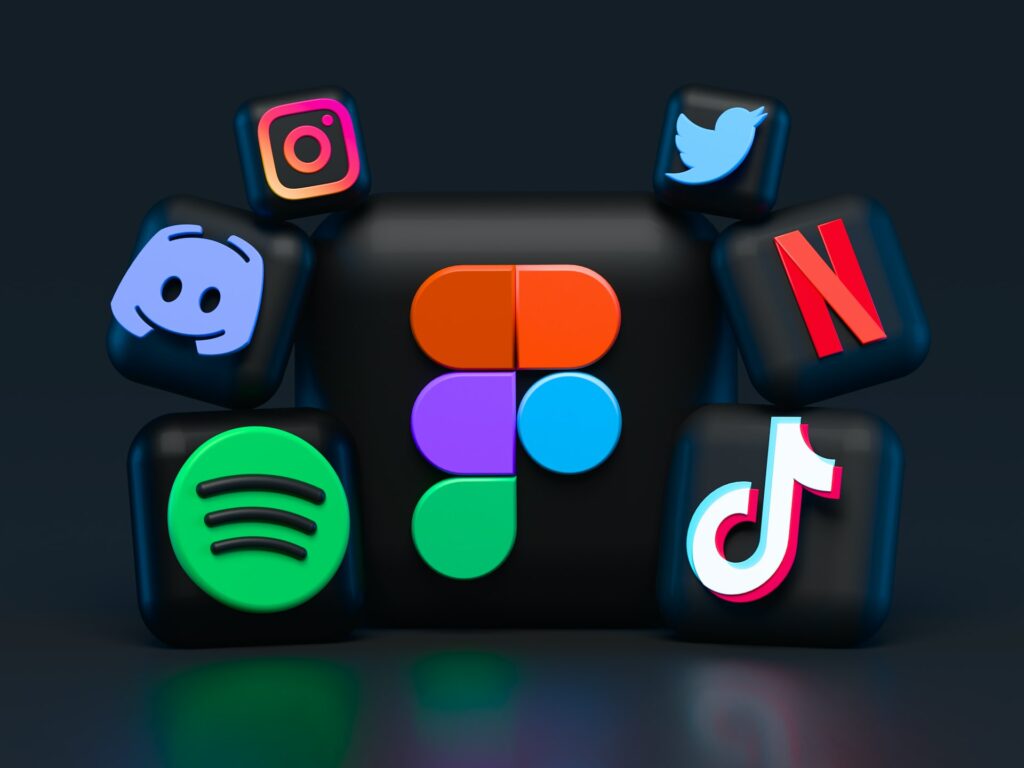
Social Media Skills are also crucial for developers who want to build a following around their work. Many developers like sharing what they have learned with others through blog posts, tutorials, and videos on Youtube or Twitch.
Social media provides another avenue of communication that allows users to interact directly with their favorite gaming platforms while also introducing them to new ones.
Conclusion
Deciding whether or not to get into virtual reality (VR) development is a personal decision. However, suppose you’re interested in this field and think VR could suit you.
In that case, there are many resources out there that can help guide your journey toward becoming an expert developer.
You must research before starting any courses or purchasing expensive equipment because these will cost money and require time commitments.

